
Scolopendra
What is the animal Scolopendra known for?
They are known for their venomous bite, which they use to capture prey and defend themselves.
Some of the characteristics and facts about Scolopendra are:
All Scolopendra species have a flat and elongated body with multiple legs.
The number of legs varies from 21 to 23 pairs, depending on the species.They have a pair of antennae and a pair of forcipules, which are modified legs that act as venomous fangs.
The forcipules are located near the head and can inject venom into the victim.Scolopendra species are active predators that feed mainly on insects and other invertebrates, but some larger species can also prey on frogs, tarantulas, lizards, birds, snakes, rodents, and even bats.
They are mostly nocturnal and hide under rocks, logs, leaf litter, or soil during the day.
They prefer warm and humid habitats, and are found across the world's tropics and warmer temperate areas.Some species can grow up to 40 cm in length, making them the largest living centipedes in the world.
The largest species are Scolopendra gigantea from South America and Scolopendra dehaani from Asia.They can swim or walk underwater, as some species are amphibious.
These include Scolopendra cataracta and Scolopendra paradoxa from Southeast Asia, and Scolopendra alcyona from the Ryukyu Islands.Their venom contains compounds such as serotonin, phospholipase, cardiotoxin, and cytolysin, which can cause intense and long-lasting pain, swelling, inflammation, necrosis, and allergic reactions.
The venom of most species is not medically significant, but bites from some species can be fatal.
However, they are also dangerous and should be avoided or handled with caution.
Example of the color palette for the image of Scolopendra

See these colors in NCS, PANTONE, RAL palettes...
What does the Scolopendra look like?
They have many legs (21 or 23 segments) and a pair of forcipules (modified legs) that can inject venom into their prey.
They are usually brownish or reddish in color, with some species having yellow or orange legs.
They can grow up to 30 cm in length and are the largest living centipedes in the world.
They are carnivorous and hunt for other animals, such as insects, spiders, frogs, lizards, birds, mice and even bats.
They live in dark and moist places, such as under rocks or in leaf litter, in tropical or sub-tropical regions.
They are venomous and can cause pain, swelling and sometimes death to humans if bitten.
Example of the color palette for the image of Scolopendra
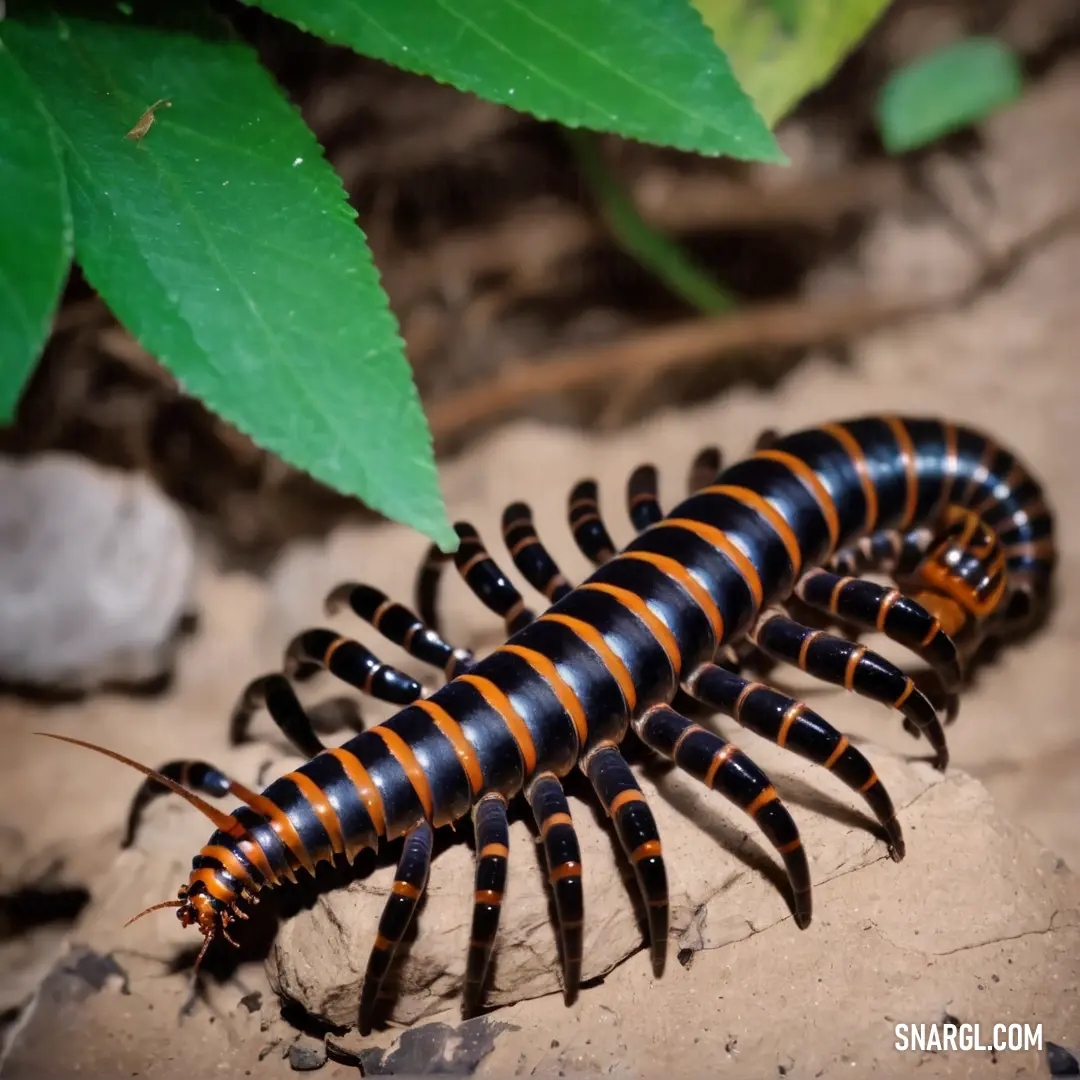
See these colors in NCS, PANTONE, RAL palettes...
Smokey and the Time-Travelling Frisbee
One sunny afternoon, while Storm was inspecting an old attic, he stumbled upon a dusty, ancient-looking frisbee. It wasn't just any frisbee; it was adorned with strange symbols and seemed to hum with an odd energy. Curious, Storm showed it to Smokey, who clicked his pincers with excitement.
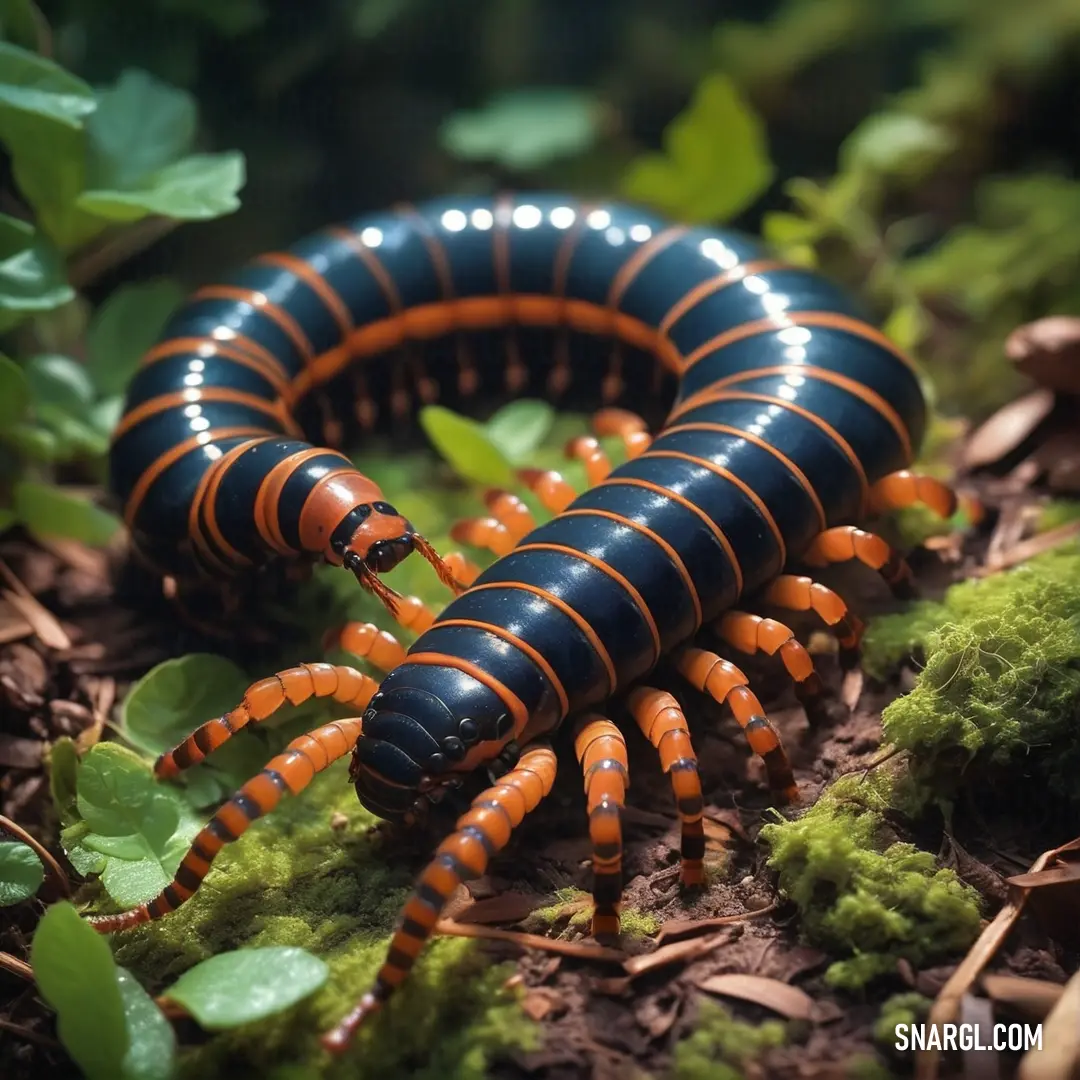
"Looks like an interesting find, Smokey," Storm said, tossing the frisbee lightly. As soon as the frisbee left Storm's hand, a sudden whirlwind enveloped them, and in a flash, the attic disappeared.
When the whirlwind settled, Storm and Smokey found themselves in a different time - an era of knights and castles. They were standing in the middle of a grand jousting tournament, surrounded by amazed spectators. The frisbee, now glowing brightly, seemed to be pulling them toward a nearby castle. With Smokey's pincers clicking rhythmically in excitement, they followed the glowing trail.
Inside the castle, they encountered a rather perplexed king who was trying to solve an urgent problem: the kingdom's treasured Golden Frisbee had vanished, and with it, the kingdom's annual "Frisbee Festival" was in jeopardy. The Golden Frisbee was no ordinary disc - it was said to hold the power of good fortune for the entire realm.
Storm and Smokey, both bewildered but eager to help, introduced themselves and offered to find the missing Golden Frisbee. As it turned out, the Golden Frisbee had been stolen by a mischievous sorcerer who lived in a tower far beyond the kingdom's borders. The sorcerer was known for his penchant for mischief and love of shiny objects.
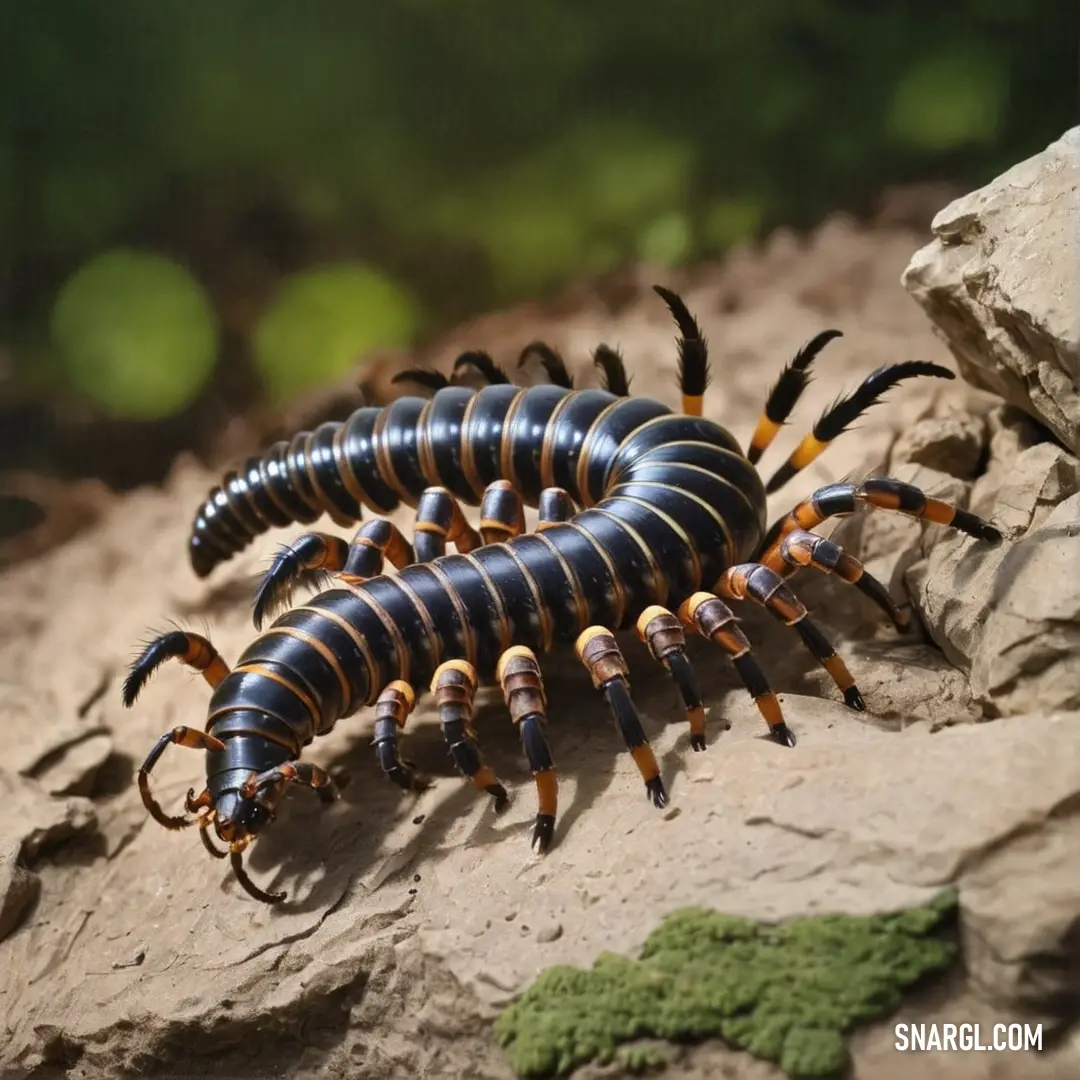
Without delay, Storm and Smokey embarked on their quest. They crossed enchanted forests, navigated through talking rivers, and even convinced a band of friendly trolls to help them with a particularly tricky bridge. Smokey's nimble legs and Storm's quick thinking proved to be an unbeatable combination.
When they finally reached the sorcerer's tower, they found the sorcerer lounging comfortably with the Golden Frisbee in his lap. He looked up, his eyes twinkling with amusement. "Ah, I see you've come for this old thing!" he said with a grin. "I couldn't resist its golden glow. But tell me, why should I give it back?"
Smokey, with his usual resourcefulness, scurried up to the sorcerer and began performing a dazzling display of aerial acrobatics with the mysterious frisbee they had found in the attic. He twirled, flipped, and made the frisbee dance through the air with unmatched grace.
The sorcerer watched in astonishment, his stern expression melting into laughter. "Well, I've never seen a frisbee quite like that!" he exclaimed. "You've convinced me. The Golden Frisbee is yours!"
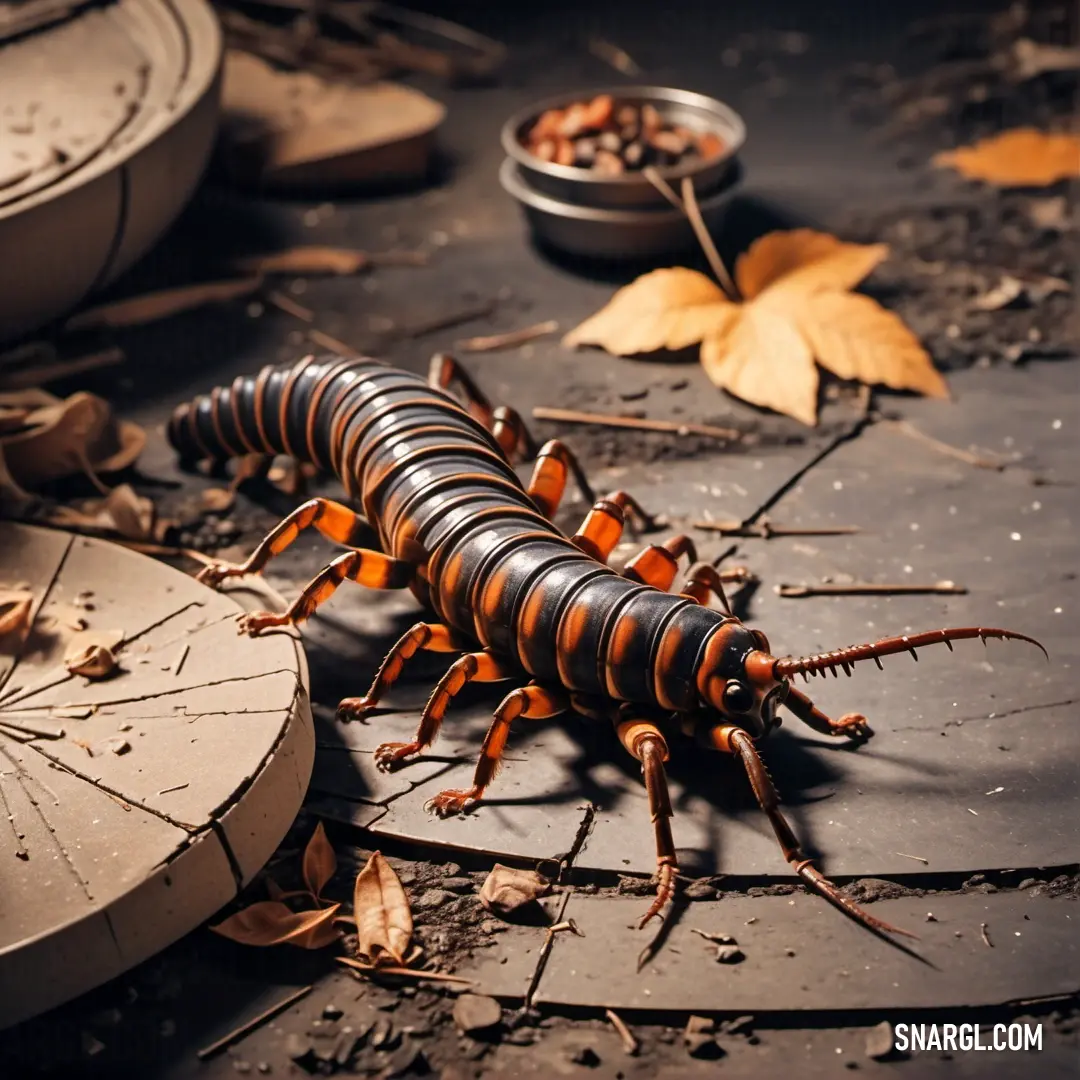
With the Golden Frisbee in hand, Storm and Smokey made their way back to the kingdom. The king welcomed them with open arms, and the Frisbee Festival was held with great fanfare. The Golden Frisbee was returned to its rightful place, and the kingdom's good fortune was restored.
As a reward, the king granted Storm and Smokey a magical token - a charm that allowed them to travel through time whenever they wished. With a fond farewell, Storm and Smokey used the charm to return to their own time, the attic of their Whimsyville home.
From then on, Smokey and Storm were known as the heroes of Whimsyville, celebrated not just for their bravery but for their sense of humor and the incredible adventure they had experienced. The legend of Smokey and the Time-Travelling Frisbee became a cherished tale, reminding everyone that sometimes the greatest adventures come from the most unexpected places - and a bit of whimsy.

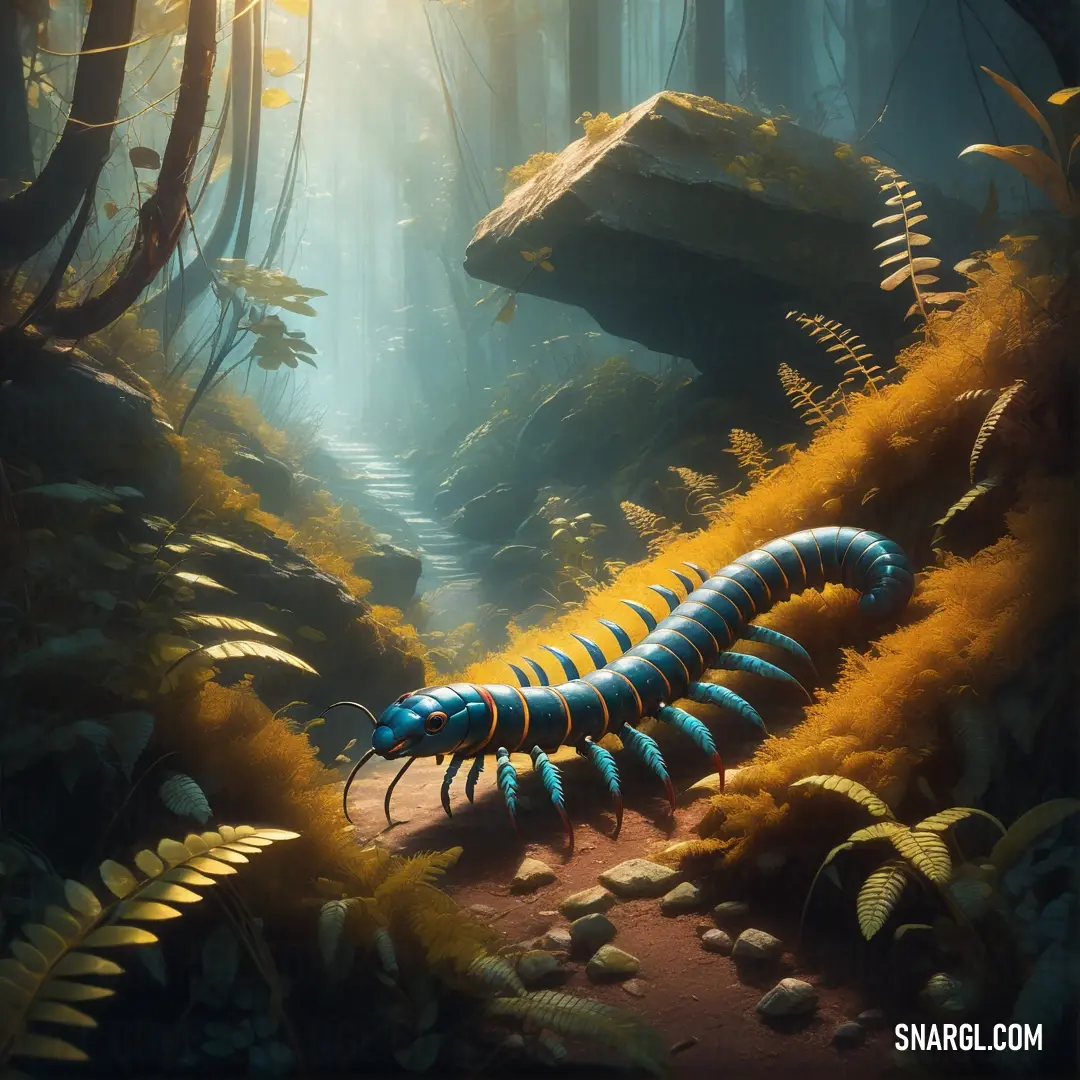
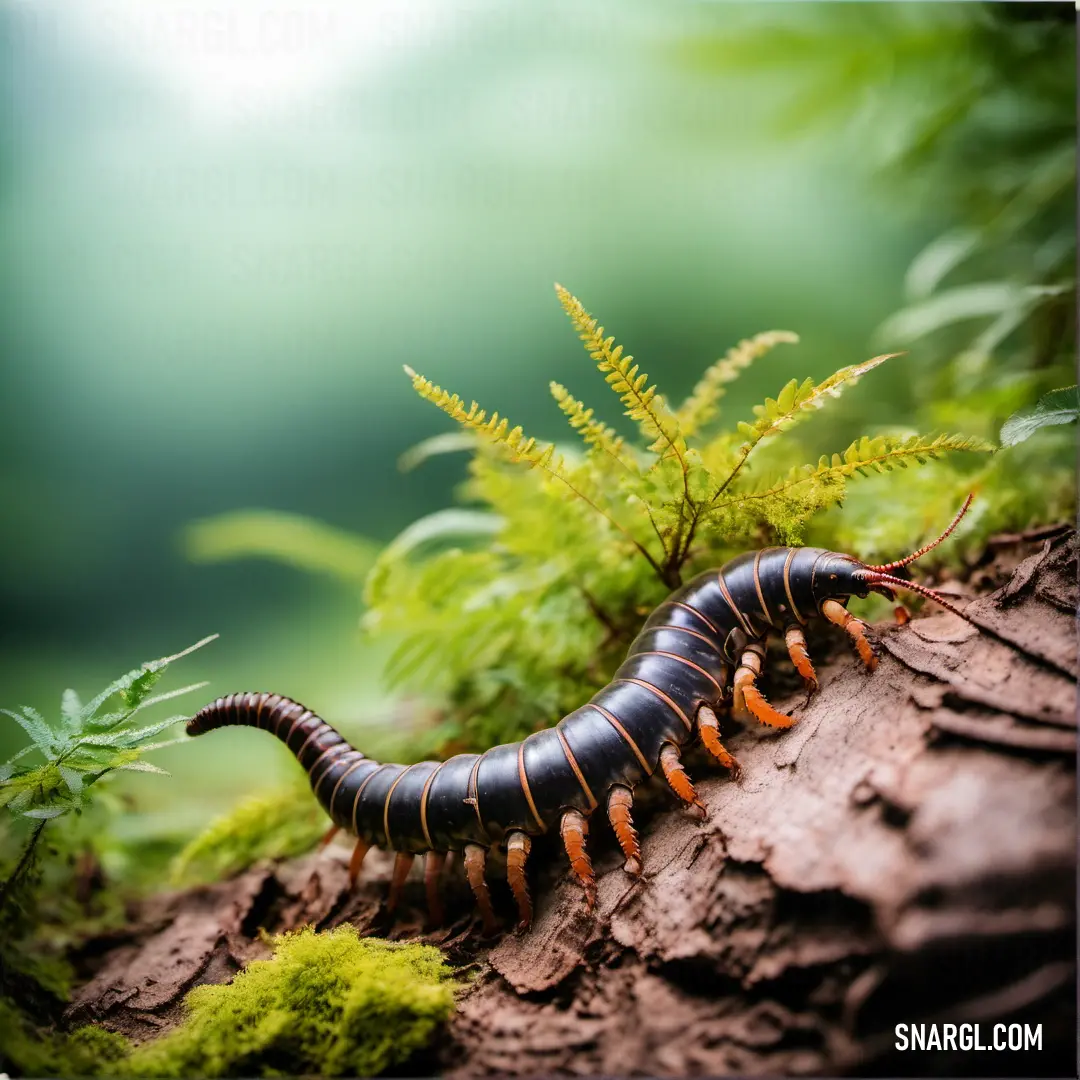
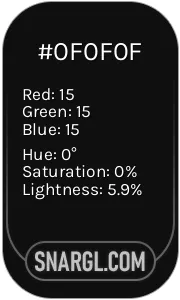 Onyx
Onyx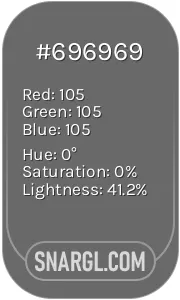 Dim gray
Dim gray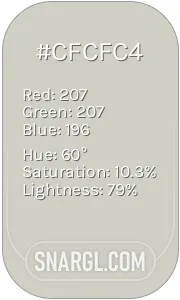 Pastel gray
Pastel gray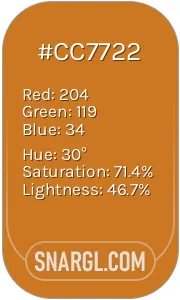 Ochre
Ochre Cadet grey
Cadet grey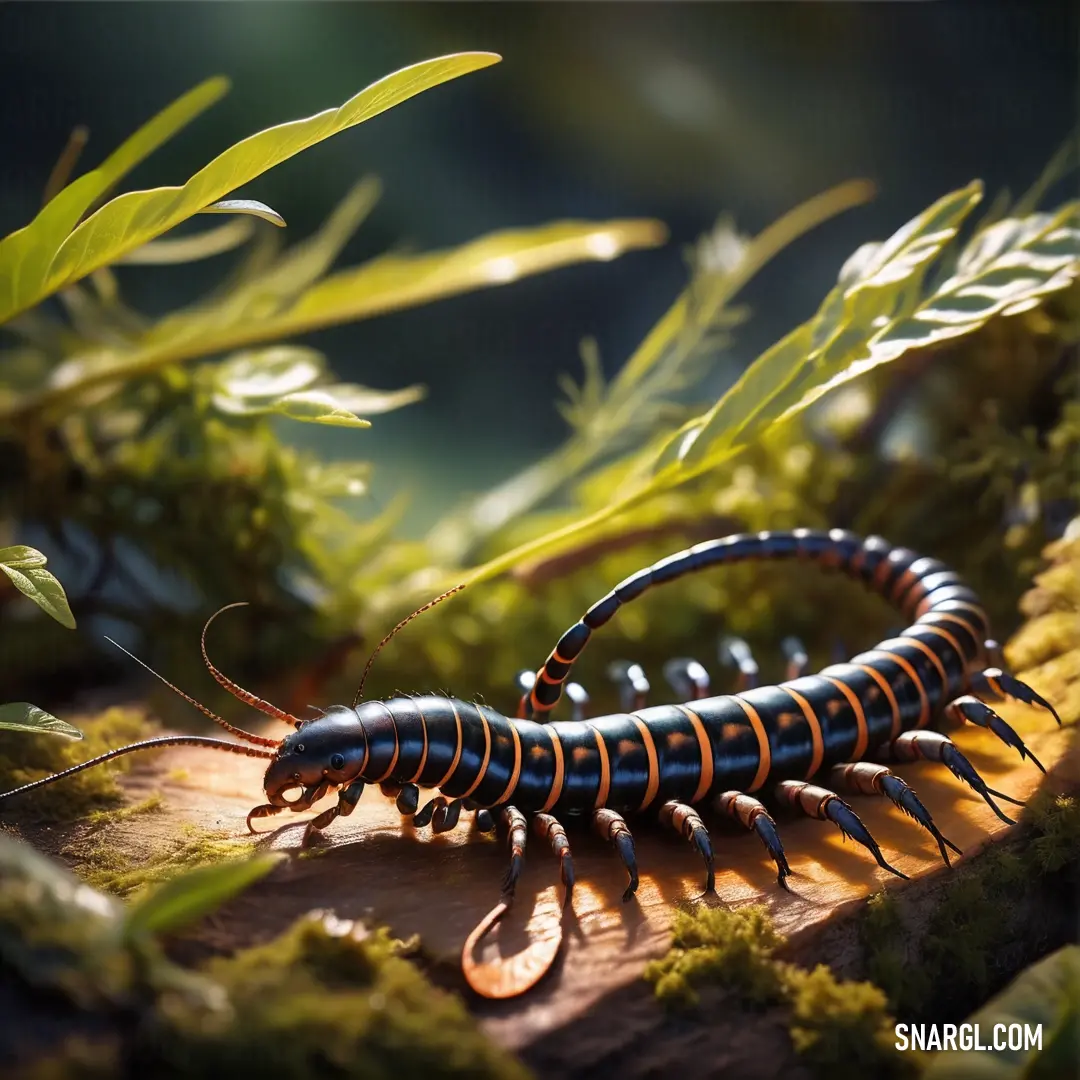
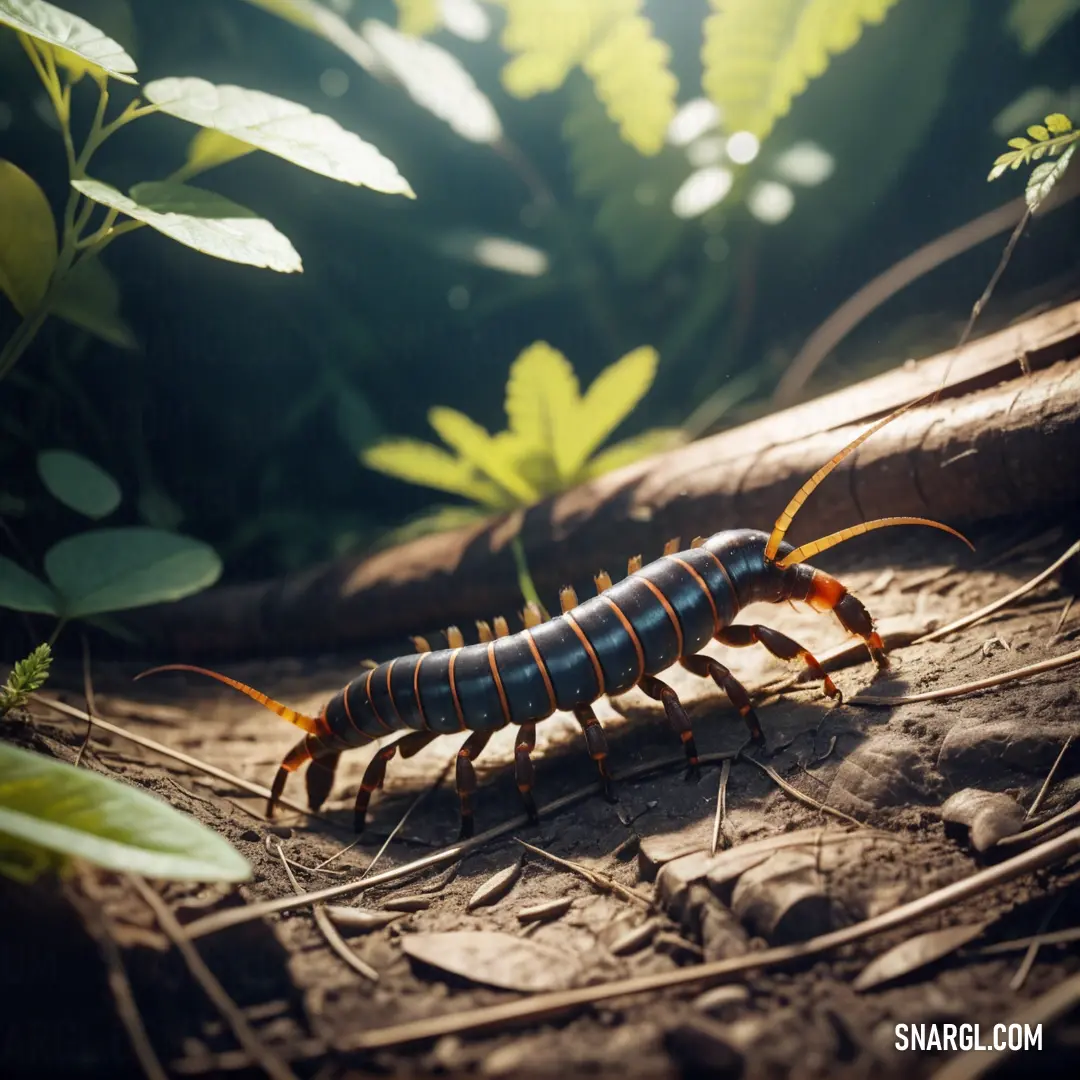
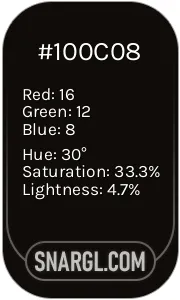 Smoky black
Smoky black Beaver
Beaver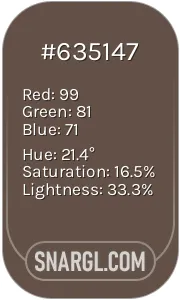 Umber
Umber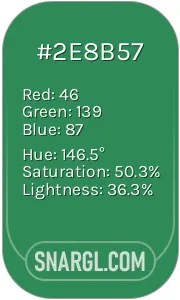 Sea Green
Sea Green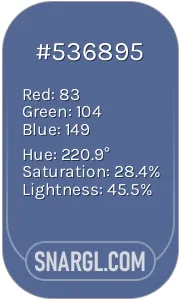 UCLA Blue
UCLA Blue





